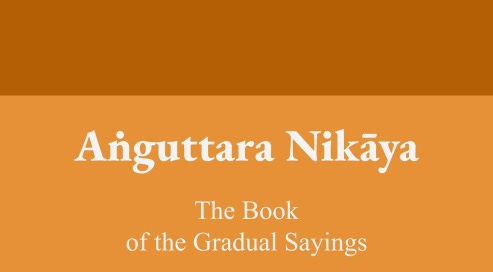In the Aṅguttara Nikāya (AN), a fascinating pattern emerges: many suttas lack the familiar introductory formula, “Thus I heard,” which is consistently found in other collections like the Ekottarika Āgama (EĀ). While this omission might seem like a shortcut for a collection containing numerous short suttas, deeper implications are worth exploring.
Artificial Grouping of Suttas
A close look at AN I 6–7 reveals that the redactors often used creative methods to divide and rearrange content. For instance, they took similar words and phrases, juxtaposed them in slightly different ways, and ended up with 20 suttas. This process allowed them to form structured groups of ten suttas, known as vaggas, even when the material could arguably belong together as a single sutta.
This mechanical grouping is particularly evident in the Book of Ones (Ekaka-nipāta). Content …
Keep reading with a 7-day free trial
Subscribe to The Gentle Law to keep reading this post and get 7 days of free access to the full post archives.




